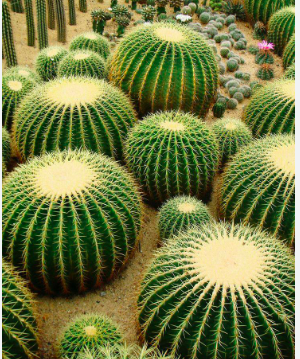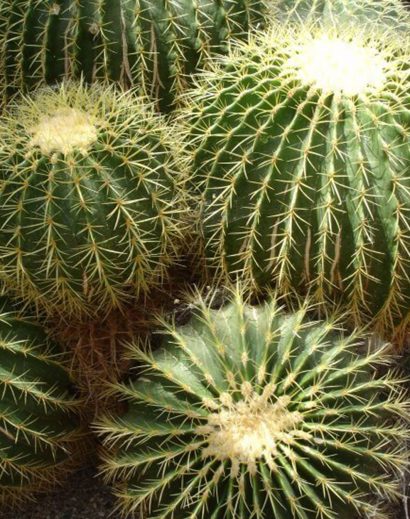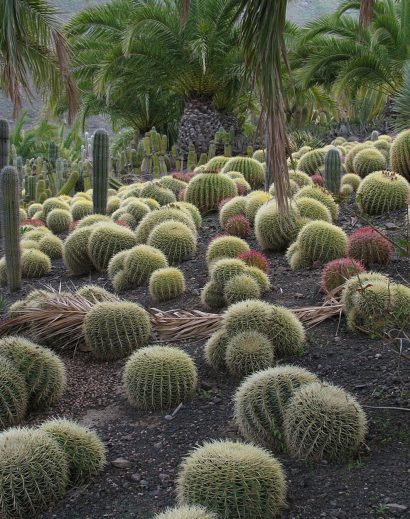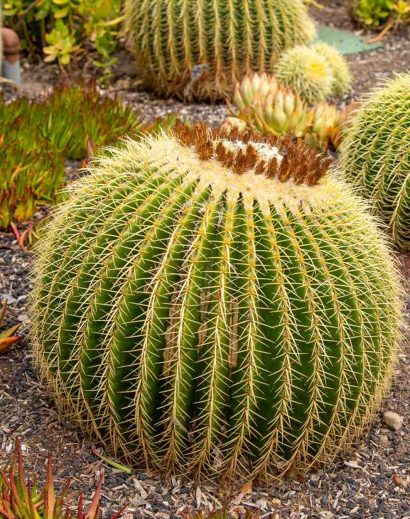Cacti are a diverse and fascinating group of ornamental plants known for their unique appearance and ability to thrive in arid environments. Here is a general description of cactus plants:
- Appearance: Cacti come in a wide range of shapes and sizes, but they are typically characterized by their succulent, fleshy stems that store water. These stems can be cylindrical, spherical, columnar, or flattened, depending on the species. Most cacti have spines or thorns, which can vary in size, shape, and color.
- Foliage: Cacti are adapted to conserve water, so they have modified leaves that are often reduced to tiny scales or are entirely absent. Instead, photosynthesis occurs in the green stems.
- Flowers: Cacti produce vibrant and often fragrant flowers. These flowers can be quite showy and come in various colors, including red, yellow, pink, and white. The size and shape of the flowers vary between species.
- Habitat: Cacti are native to the Americas, primarily found in North and South America. They are well-suited to hot and arid regions such as deserts, but some species can also be found in more temperate climates.
- Adaptations: Cacti have several unique adaptations that allow them to thrive in harsh conditions. These include their ability to store water in their stems, their thick waxy skin that reduces water loss, and their spines, which provide shade and deter herbivores.
- Growth: Cacti are generally slow-growing plants, with some species taking several years to reach maturity. They are long-lived, and some can live for decades or even centuries.
- Care: When used as ornamental plants, cacti are popular because of their low maintenance requirements. They typically prefer well-draining soil and plenty of sunlight. Overwatering is a common mistake, as cacti are adapted to survive with minimal water. It’s important to allow the soil to dry out between waterings.
- Variety: There are thousands of cactus species, each with its own unique characteristics. Some well-known examples include the saguaro cactus (Carnegiea gigantea), the prickly pear cactus (Opuntia spp.), and the barrel cactus (Echinocactus spp.). Each of these species has distinct features and growth habits.
Cacti are not only prized for their resilience but also for their aesthetic appeal. They are popular choices for ornamental gardens, indoor houseplants, and landscaping in regions with dry climates. Additionally, some cactus species produce edible fruits, such as prickly pears, which are used in various culinary dishes.





Reviews
There are no reviews yet.